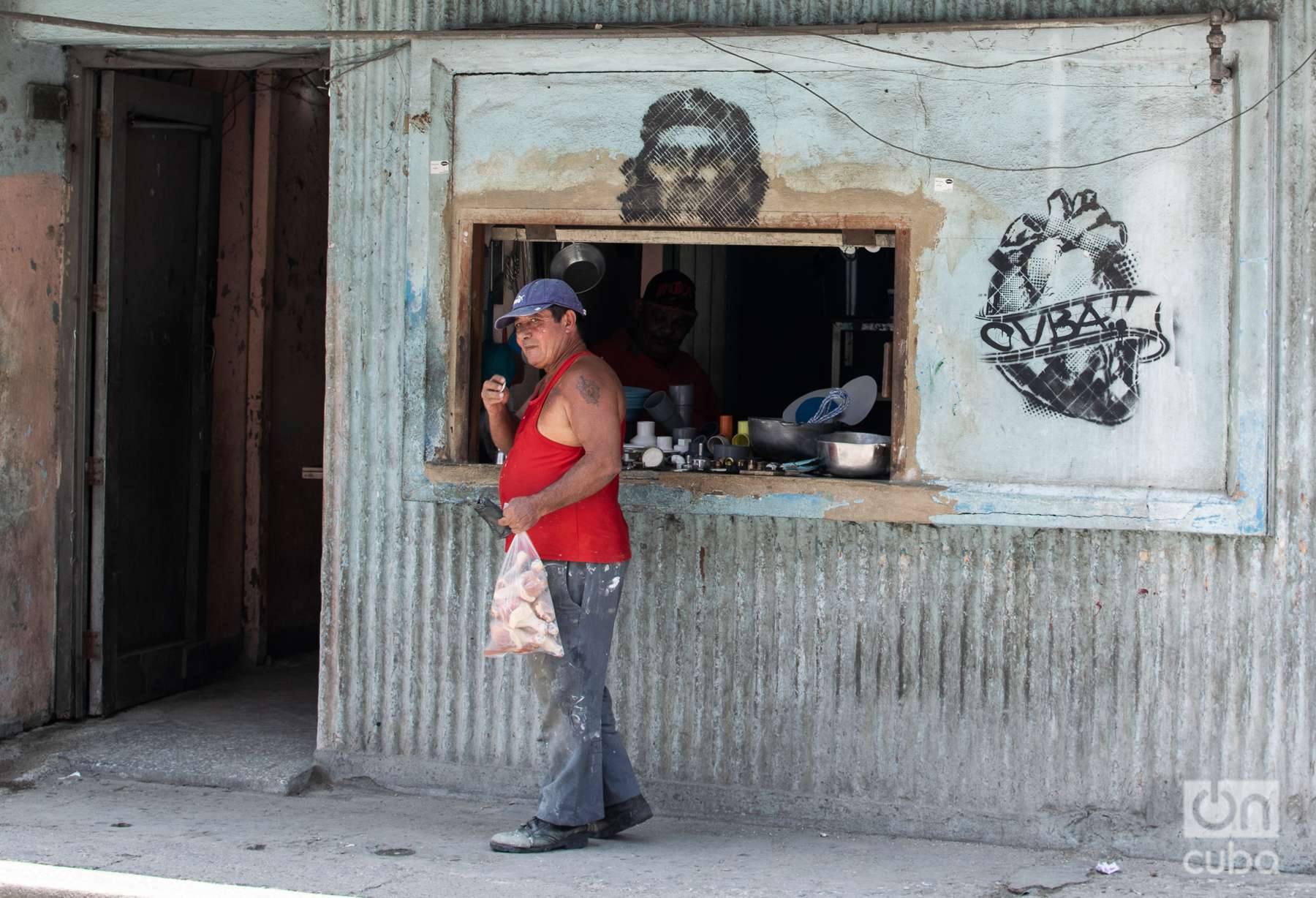By Ricardo Torres and Ricardo González
Cuba is going through a deep economic crisis, the worst since the disappearance of the Soviet Union in the early 1990s.
The causes of this crisis are multiple. On the one hand, the reforms implemented in the last decade were insufficient to overcome the deep structural deficiencies of the Cuban economy, a fact that translated into a slowdown in growth rates throughout the decade. For example, although real GDP grew at an average annual rate of 2.8% during the 2010-15 five-year period, the growth observed during the second five-year period was only 1.1%. On the other hand, since 2016 the economy has experienced a series of successive external shocks such as the productive collapse of Venezuela — the country’s main trading partner —, additional sanctions from the United States, the loss of important service export markets (especially medical), the COVID-19 pandemic, and the Russian invasion of Ukraine. Finally, the erratic administration of macroeconomic policies contributed to the creation of significant monetary imbalances mainly due to the recurrent monetization of fiscal deficits greater than 5.5% of GDP since 2015; as well as the implementation of the Monetary Reorganization in January 2021, which unleashed an accelerated inflationary process.
The complex situation described has forced economic policy to simultaneously deal with problems of inflation and productive stagnation. The response has been (again) unsatisfactory. The post-COVID-19 economic recovery is markedly slow and from a sectoral perspective unbalanced, with a striking delay in the supply of agricultural and industrial products. For example, the 10.9% contraction of real GDP in 2020 was followed by modest growth of 1.3% and 1.8% in 2021 and 2022, respectively. On the other hand, inflation levels are considerable. According to official figures, year-on-year inflation in December 2021 and 2022 was 77.3% and 39.1%, respectively.

The lack of consensus and political will to move unequivocally towards deepening the reforms in Cuba has been a constant in the government’s response, and represents one of the fundamental causes of its poor effectiveness. The limited comprehensiveness, scope, depth and temporary consistency of the measures applied has restricted the impact of some stimulus policies that have been, in general terms, successful, such as, for example, the authorization of private investment in the form of SMEs in September 2021. The postponement of key structural policies, especially those related to the state productive sector — which remains captured by a rigid and centralist institutional structure — has prevented the real transformation of the productive model, which is where the country’s real problem lies. In particular, not reforming the foundations of the economy associated with the system of prices, incentives and certain formal institutions de facto prevented a significant improvement in the levels of efficiency, productivity and business competitiveness.
But the contradictions of economic policy are not only expressed in productive policies but also in stabilization policies. An example of the above is found in the recent announcement by the Central Bank of what is known as the bancarization process. At the beginning of August, the bank proposed through Resolution 111/2023 (Article 4) to accelerate the transition to digital payments by setting the limit per operation for cash collections and payments derived from contractual relationships at 5,000 Cuban pesos (approximately 20 USD) between agents (including private ones). In other words, forcing transactions between enterprises to be made through electronic transfers instead of cash. Among other objectives, this was the way the bank found to deal with the growing demand for money that was taking place in the country as a result of, among other factors, accelerated inflation.1 The growing preference for cash had been manifested for months in long lines at ATMs and banks, a fact fueled by the rise in prices and the notable informal exchange rate devaluation as well as the insufficient technological development of the economy’s payment system. The existence of waiting lists and restrictions on cash withdrawal limits from current accounts, mainly from private businesses, accounted for the same phenomenon.

The announcement of the measure unleashed a wave of criticism and concerns in the private sector of the economy and many businesses, mainly importers, announced the partial or total (temporary) closure of their operations. It cannot be understood why a measure of this nature generated such important effects on the real sector of the economy without understanding the institutional characteristics of the exchange market where private enterprises operate, which is — by choice of policymakers in Cuba — an informal market. Private sector operations as a whole take place using the informal exchange rate as a reference, and due to its illegal nature, most transactions in this market are in cash. By forcing companies to trade in digital currency, private enterprises — mainly importers — saw their financial cycle broken and this set off alarms throughout the value chain.
The first analysis related to the measure predicted a permanent shock on the private sector, and as a result, recessionary and inflationary effects. Almost two months after being put into practice, the adjustment of the private sector to the measure seems to have been resolved on the side of informality (a problem no less than the previous one). Numerous anecdotal evidence suggests that many businesses have increased levels of underreporting in their financial statements and/or have begun trading directly in dollars to avoid the foreign exchange market. Meanwhile, lines and waiting lists at bank branches have not improved. In any case, it is too early to evaluate the impacts on the productive sector (especially the private sector) and the informal exchange market.
What this example demonstrates once again is the need to design and promote a comprehensive reform process. A plan that progressively leads the state and private sectors to interact within the framework of a single productive model (not segmented as at present) where the markets (goods, capital, labor, and exchange) interact with each other; and where state enterprises operate with greater autonomy. A government with vision and will for change is a condition of possibility for the above to happen. Shortsightedness, the contradiction of interests, and rentier approaches in economic policy will only prolong the current crisis over time.
________________________________________
Note:
1 It has been suggested, although there is no official information in this regard, that the measure also sought to limit tax evasion, as well as indirectly affect the informal exchange rate.
This text was originally published by the Círculo de Estudios Latinoamericanos CESLA and is reproduced with the permission of its authors.










